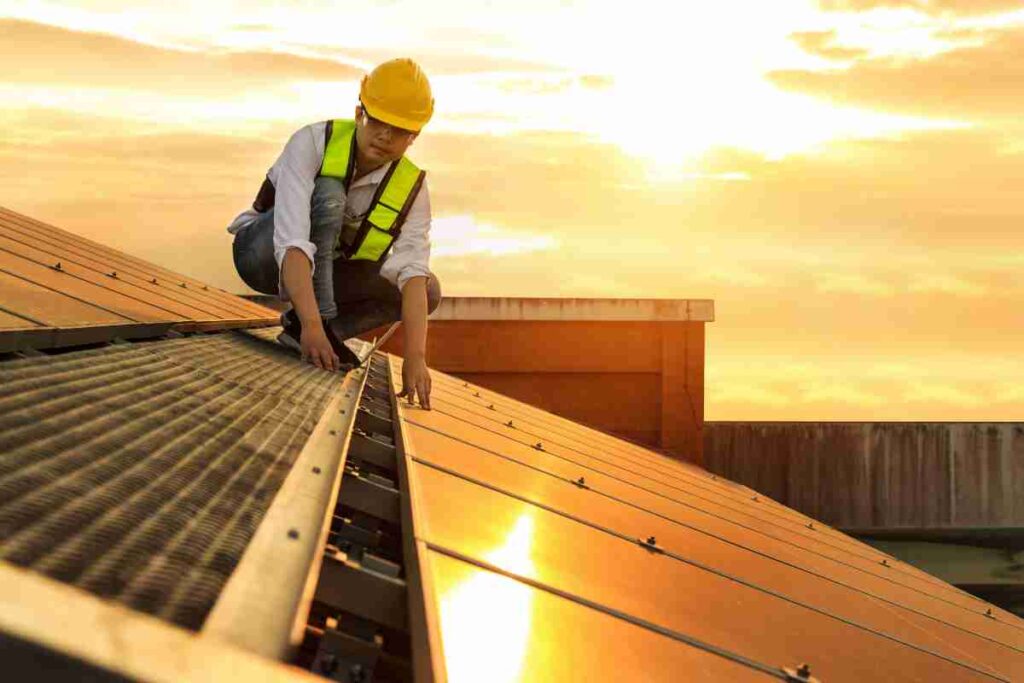Reliable Roofing Solutions for Large Multi-Family Housing Complexes
Reliable roofing solutions for large multi-family housing complexes are essential to ensure long-term durability, safety, and energy efficiency. In multi-family buildings, where numerous tenants reside under one roof, it is critical to address the roofing needs with precision to prevent costly repairs and minimize disruptions. A well-maintained roof is a key factor in the overall integrity of the structure, providing protection against the elements and contributing to energy savings. One of the primary considerations in roofing for large housing complexes is selecting materials that can withstand diverse weather conditions over time. Materials like asphalt shingles, metal roofing, and modified bitumen offer a balance between affordability and longevity. Asphalt shingles are a popular choice due to their cost-effectiveness and ease of installation, but they may not always be the best choice in areas prone to extreme weather. In such cases, metal roofs, known for their durability and resistance to wind and snow, can provide a more reliable solution.

Similarly, modified bitumen is an excellent option for flat or low-slope roofs, as it offers enhanced waterproofing capabilities, which are crucial for preventing leaks in areas with poor drainage. Another important aspect of roofing for multi-family housing complexes is the design and installation process. Large roofs can be complex, with multiple slopes, vents, and other structural features that must be accounted for. Experienced roofing professionals must conduct a thorough inspection and ensure that the roof is properly reinforced to handle the weight of the materials and any environmental stress it may face. A professional contractor will also focus on the layout of the roofing system, ensuring proper drainage to prevent water accumulation, which can lead to leaks and damage over time. In addition to the materials and installation process, find proper maintenance is a vital part of ensuring a roof’s longevity. Regular inspections, at least once or twice a year, are necessary to catch minor issues before they become major problems.
These inspections should include checking for signs of wear, such as cracked or missing shingles, rust spots on metal roofs, or water pooling on flat surfaces. In multi-family housing complexes, it is essential to have a maintenance plan in place, as these roofs are exposed to a higher level of wear and tear due to the increased number of residents. Tenants should also be educated on how to report issues, and building management should act quickly to address any concerns. Energy efficiency is another consideration for roofing solutions in multi-family housing. The roof plays a significant role in regulating the internal temperature of the building, and a high-quality roofing system can help reduce heating and cooling costs. For example, reflective roofing materials can help reduce heat absorption, keeping the building cooler in the summer and lowering the need for air conditioning. Additionally, adding proper insulation during the roofing process can further increase energy efficiency by helping to retain heat in the winter.